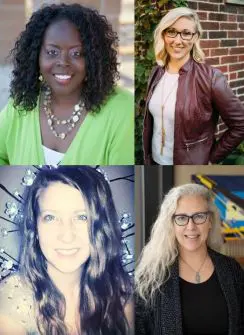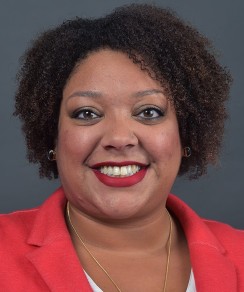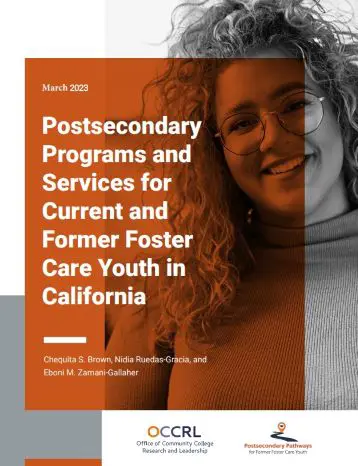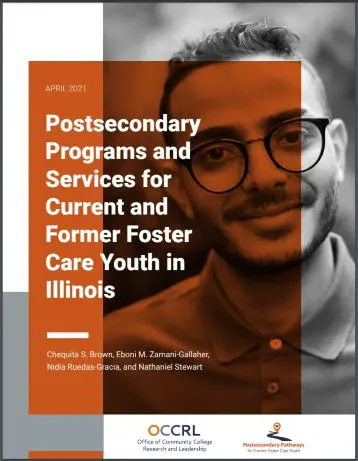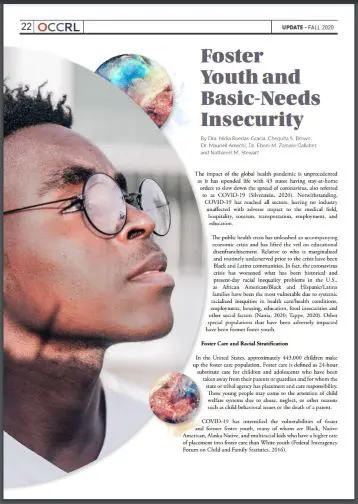The COVID-19 pandemic has been one for the history books. With the origins of the virus being linked to Wuhan, China, more than five months ago, some would say we are no better off now than when we first discovered the outbreak.
Millennials and Generation Z have never witnessed such a period, in which sheltering in place is occurring worldwide, schools are closed, stores are laying people off, businesses are going under, and deaths are continuing due to the coronavirus outbreak.
It is fair to say this epidemic has highlighted a great deal of stratification and insecurities felt by individuals nationwide. And one segment of society that continues to be invisible is the foster youth population, which has been overlooked and unconsidered when decisions have been made that affect its future.
Foster youth children and wards of the state have a different reality.
One example of this is in Illinois, where Governor JB Pritzker and other elected officials decided to close schools and other nonessential businesses until further notice. For me and other students who have families, this may not be an issue; we can go home and hunker down with family members until the COVID-19 pandemic passes. But foster youth children and wards of the state have a different reality. For some of these students, closing down the schools and dorm halls means being evicted with nowhere to go. Also, the closing of dorm halls means these students will not receive their scheduled daily meals, leaving them to figure out their food and housing situations.
Montoya Thomas, a resident of Houston, Texas, is just one of a countless number of foster youth individuals who have been badly affected by the pandemic. “I’m up all night trying to figure out what to do,” Thomas told The Texas Tribune on April 21. “With me not having work, not having income, and then trying to make sure I keep everything afloat, it’s stressing me out, so now I can’t sleep.”
Human Rights Watch said in April that for those who live in institutions such as orphanages, foster homes, and governmental facilities, children are held in close proximity to other children. The publication also cited how these children have limited or even no access to water and sanitation, which can facilitate the spread of infectious diseases like COVID-19. An April 9 piece in the publication read: “Access to basic medical services is also often poor or lacking in these settings, putting children’s health at greater risk if they fall ill.”
When foster youth come upon a potential source of housing and food, the problem of payments often arises. With nonessential businesses closed, and people getting laid off everywhere, where does someone find a job to pay for these everyday necessities? A 2013 study of young adults in the Midwest revealed that by the age 26, 46% of former foster youth experience homelessness. Mary Green, director of the HAY Center, which provides services to current and former foster youth in the Houston area, told The Texas Tribune in April that the coronavirus pandemic has exacerbated those risks.
This pandemic has exposed vast disparities in our country’s emergency preparedness, Internet access for children, and availability of learning materials. Additionally, many jobs and classrooms have switched to virtual working and learning, but that assumes most people have the necessary equipment to complete such a transition. Unfortunately, this assumption couldn’t be further from the truth. According to the aforementioned piece by Human Rights Watch, online learning platforms are being pushed as the most effective and safest way to continue education, but many public schools do not have the available technology and equipment to provide this kind of teaching.
These disparities become more complex when discussing foster youth individuals who are on their own, fighting for survival and basic necessities. The COVID-19 situation should be opening the eyes of millions of people to the unfair living situations many people deal with daily, but sadly that isn’t the case.
Of course, that’s not to say people aren’t doing their best to respond to such a horrific world event—they are. There are hundreds of thousands of men and women putting their lives on the line to protect, serve, and maintain a sense of normalcy in society. On March 19, for example, the nonprofit organization Think of Us hosted a town hall meeting for current and former foster youth. Jerry Milner, associate commissioner at the Children’s Bureau, joined the event to hear the concerns of youth during the COVID-19 outbreak, receiving more than 1,400 submissions from town hall participants that identified basic-need worries such as food, housing, health care, financial assistance, and technology (American Bar Association, March 24, 2020).
We must remember we are in this together.
Another bright spot is the nonprofit organization Together We Rise, which is running the Teddy Bear Scavenger Hunt and supporting foster youth during the pandemic by providing them with emergency housing, utilities, food, and laptops.
The pandemic affects us all, including the invisible populations. We must remember we are in this together.
Resources
Human Rights Watch (2020, April 9). COVID-19’s devastating impact on children.
Krebs, C. (2020, March 24). COVID-19 resources and information for foster youth. American Bar Association.
Walters, E. (2020, April 21). Life after foster care was already tough. Now these Texans are facing the coronavirus pandemic, too. The Texas Tribune.

